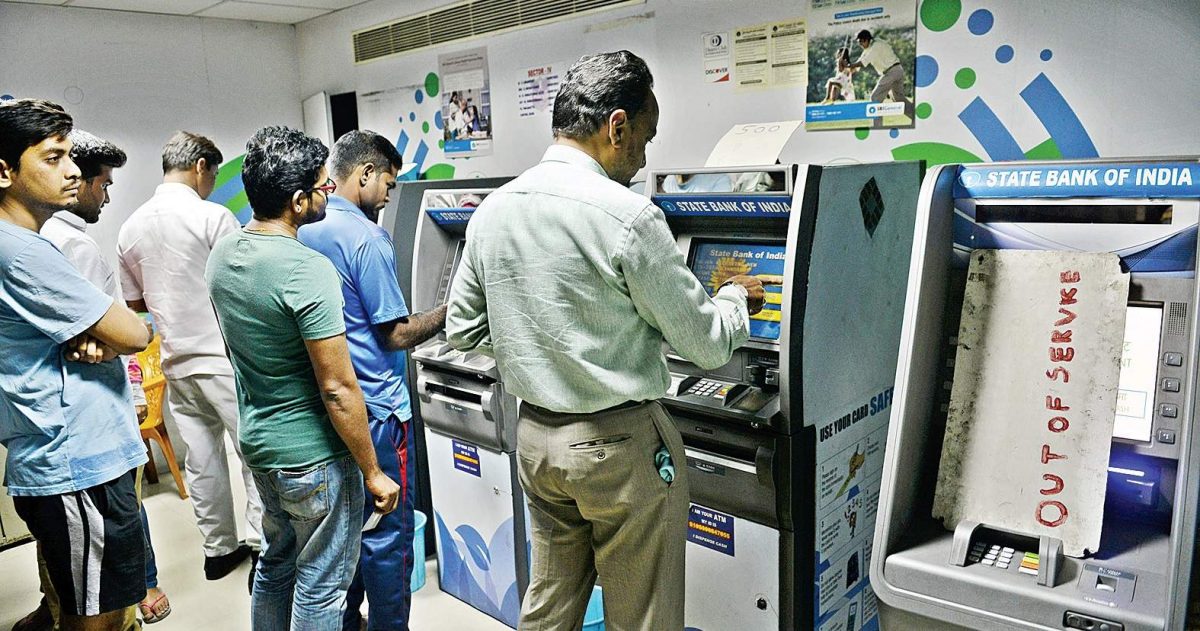
Operation Sindoor: India’s Precision Strikes Amidst Escalating Tensions with Pakistan
On May 7, 2025, India launched “Operation Sindoor,” a series of targeted airstrikes against nine locations in Pakistan and Pakistan-administered Kashmir. This decisive action was in direct response to the April 22 terrorist attack in Pahalgam, Jammu and Kashmir, where 26 Hindu tourists lost their lives. India attributed the attack to Pakistan-based militant groups, including Jaish-e-Mohammed (JeM) and Lashkar-e-Taiba (LeT).
Background: The Pahalgam Attack
The Pahalgam massacre involved militants opening fire on a group of Hindu pilgrims, resulting in 26 fatalities. Witnesses reported that the assailants specifically targeted individuals based on their religious identity, intensifying communal tensions in the region.
In the aftermath, India accused Pakistan of harboring and supporting the militant groups responsible. Consequently, India suspended the Indus Waters Treaty, expelled Pakistani diplomats, and closed its borders to Pakistani trade and air traffic.
Operation Sindoor: Execution and Targets
Codenamed “Operation Sindoor,” the Indian Air Force executed the strikes using Rafale jets equipped with SCALP missiles and AASM Hammer bombs. The operation lasted approximately 23 minutes and targeted nine sites, including Bahawalpur, Muridke, Kotli, and Muzaffarabad. These locations were identified as hubs for JeM and LeT operations.
India emphasized that the strikes were “focused, measured, and non-escalatory,” aiming solely at terrorist infrastructure without targeting Pakistani military facilities. Notably, the Jamia Masjid Subhan Allah in Bahawalpur, associated with JeM, was among the targets. JeM leader Maulana Masood Azhar confirmed that ten of his family members were killed in the strike.
Pakistan’s Response and Counterclaims
Pakistan condemned the airstrikes as an unprovoked act of aggression, asserting that civilian areas, including mosques and residential buildings, were hit. The Pakistani military reported at least 26 civilian deaths and over 46 injuries. Additionally, Pakistan claimed to have shot down multiple Indian fighter jets and targeted Indian military installations in retaliation.
India disputed these claims, with its Press Information Bureau debunking reports of downed Indian aircraft as misinformation. However, independent analysts identified debris from what appeared to be an Indian fighter jet in Indian-administered Kashmir, suggesting at least one aircraft may have been lost.
Regional and Global Repercussions
The escalation led to heightened military activity along the Line of Control, with cross-border shelling resulting in civilian casualties on both sides. Pakistan declared a state of emergency in its Punjab province, and several international flights were rerouted or suspended due to the conflict.
International leaders, including UN Secretary-General António Guterres, called for restraint and urged both nations to engage in dialogue to prevent further escalation.
Leadership and Public Communication
Colonel Sophia Qureshi of the Indian Army’s Corps of Signals
emerged as a prominent figure during this period. As the first woman officer to lead an Indian Army contingent in a multinational exercise, she played a key role in briefing the media about Operation Sindoor, providing transparency and reinforcing India’s stance on counterterrorism efforts.
Conclusion
Operation Sindoor marks a significant moment in the ongoing India-Pakistan conflict, reflecting India’s resolve to counter cross-border terrorism. While the operation achieved its immediate tactical objectives, it also intensified regional tensions, underscoring the need for sustained diplomatic efforts to address the underlying issues in the Kashmir region.











